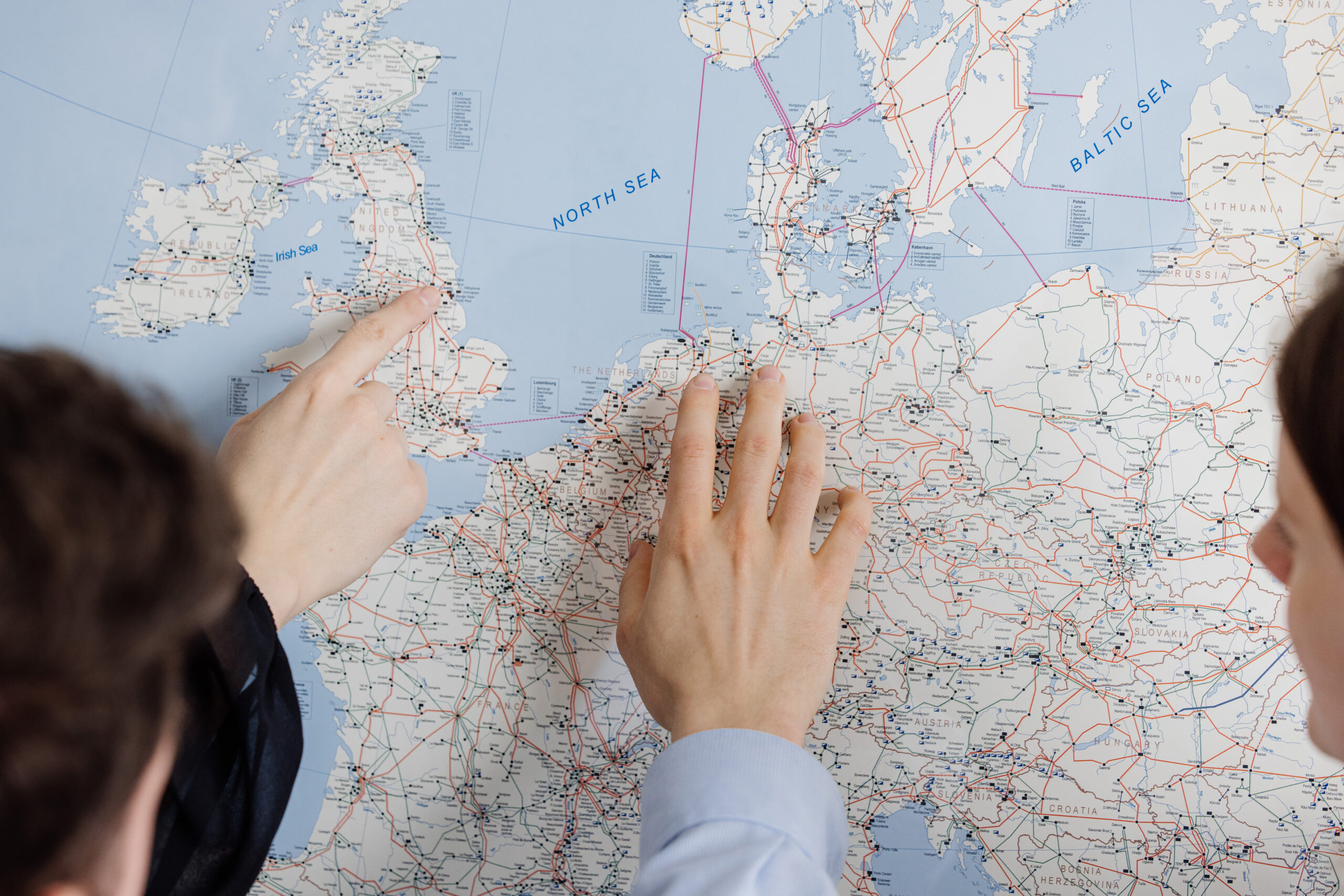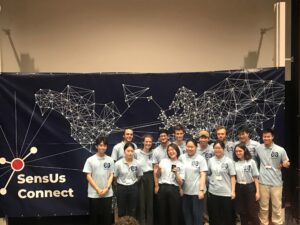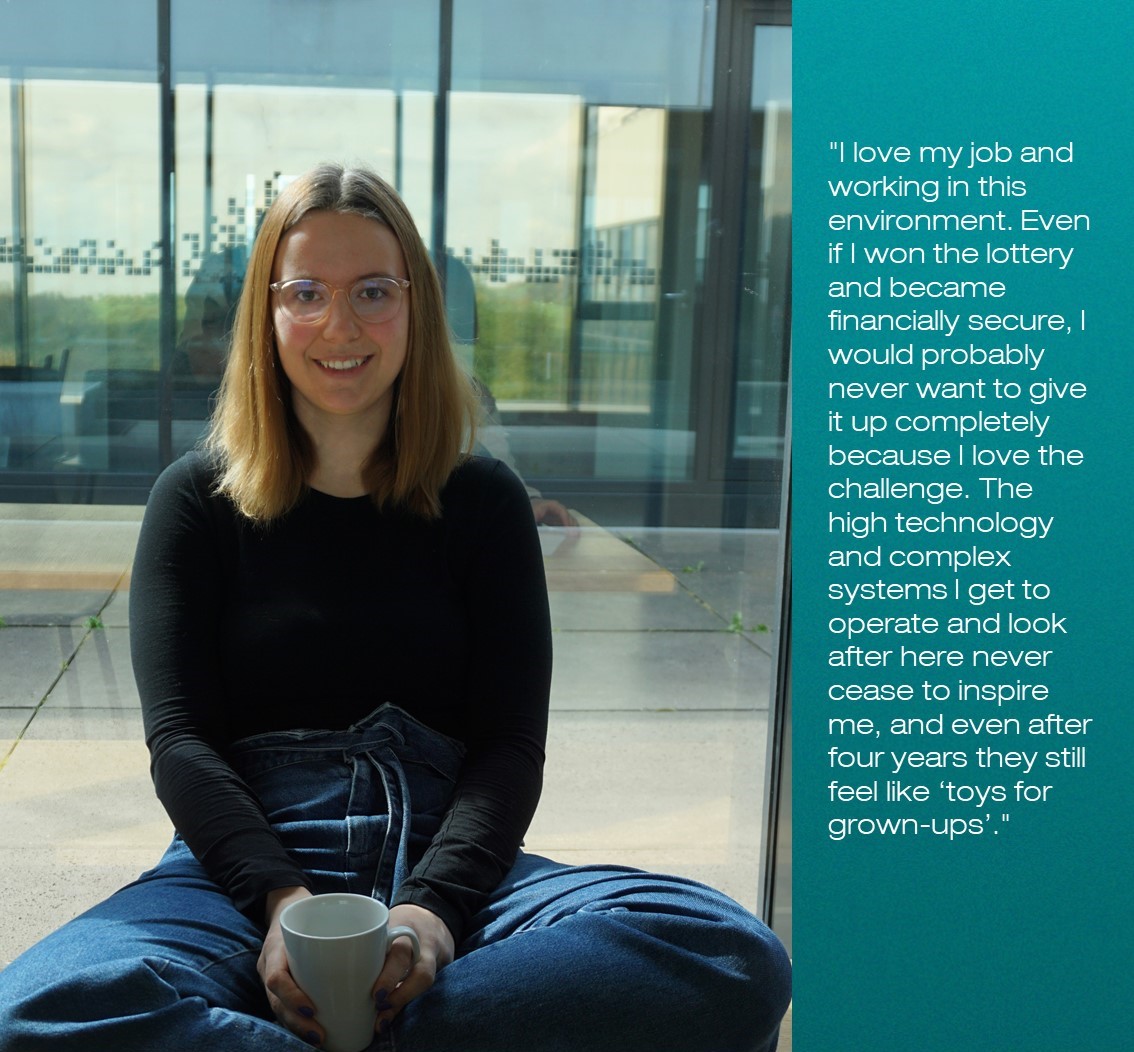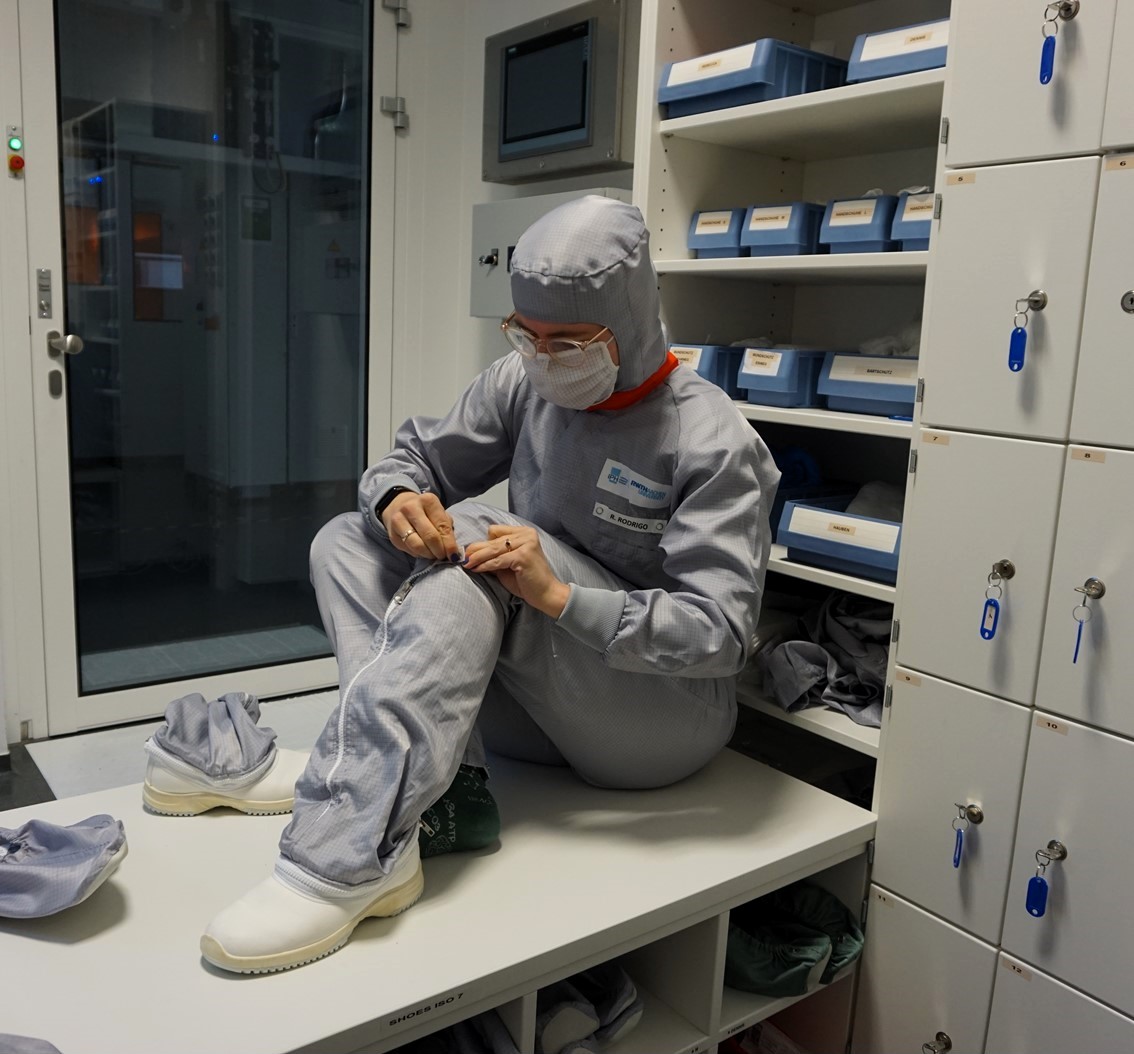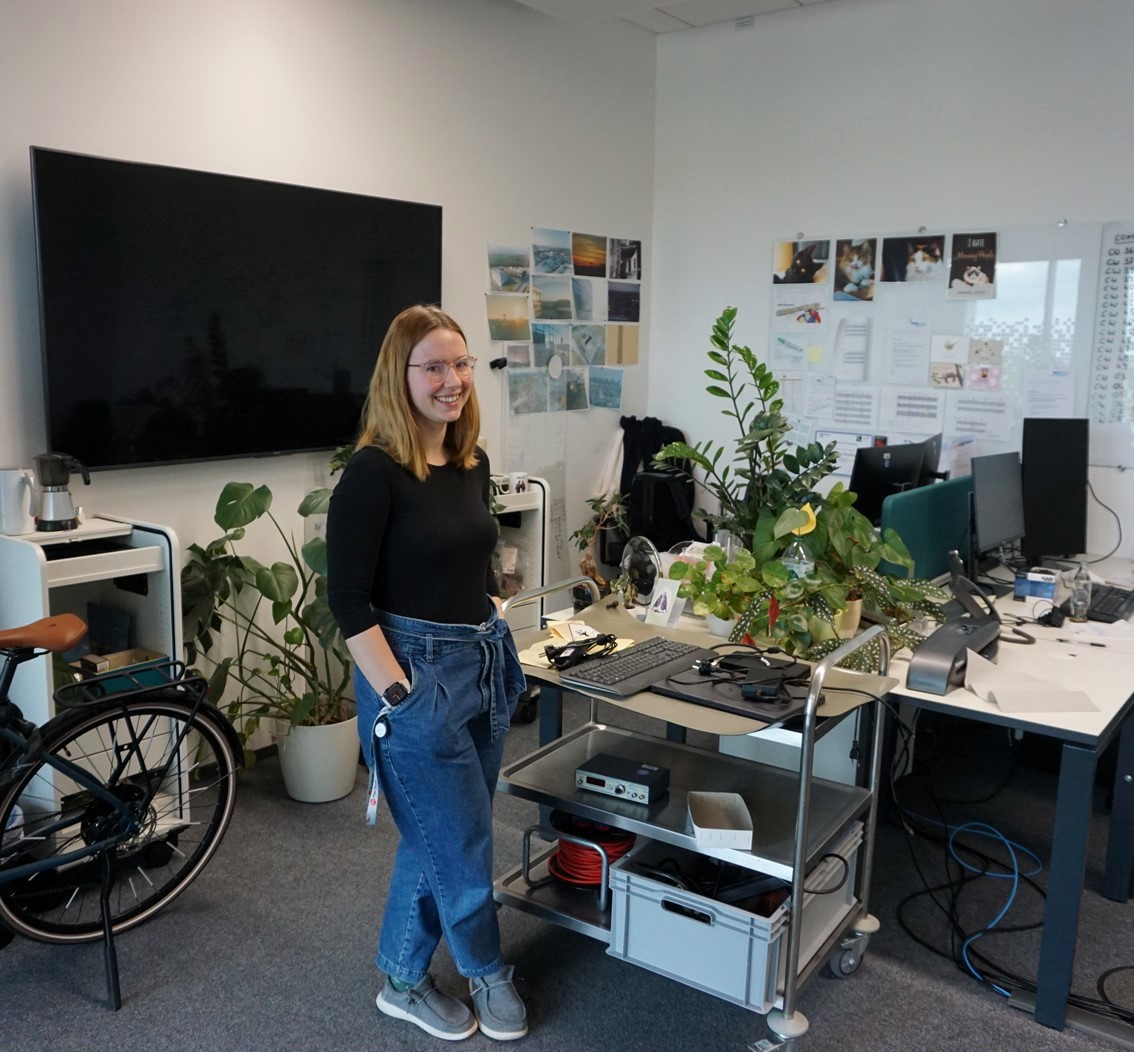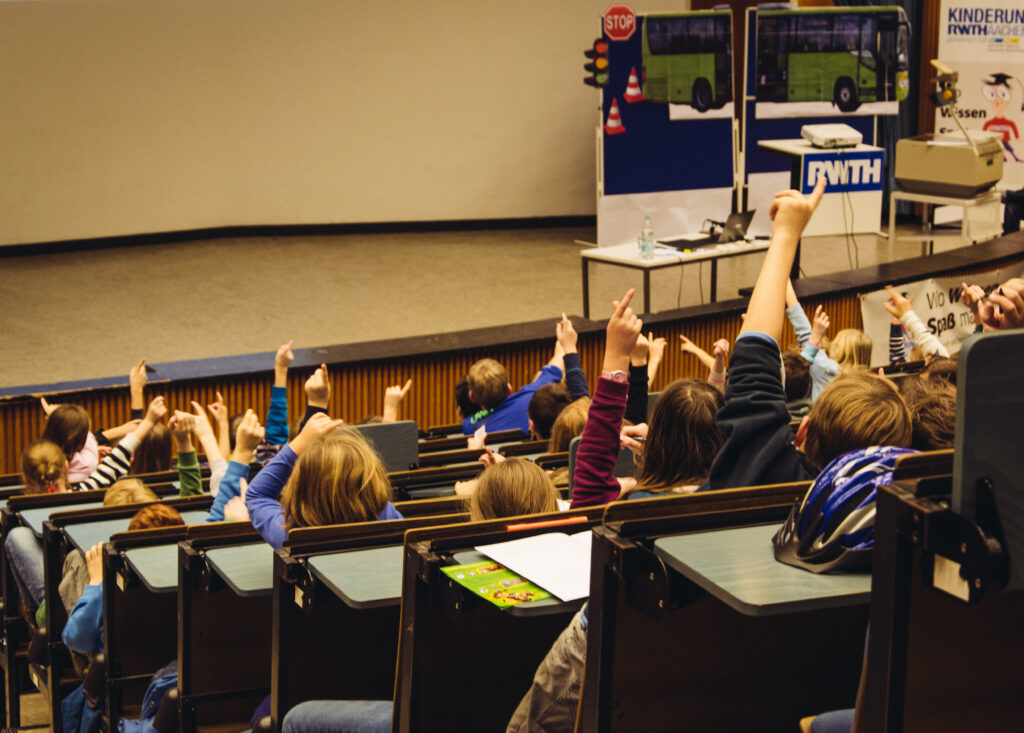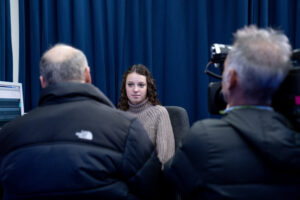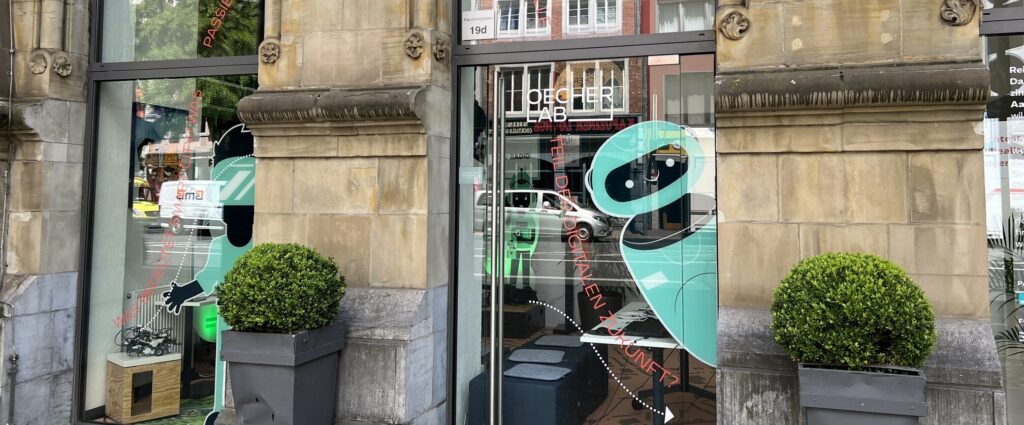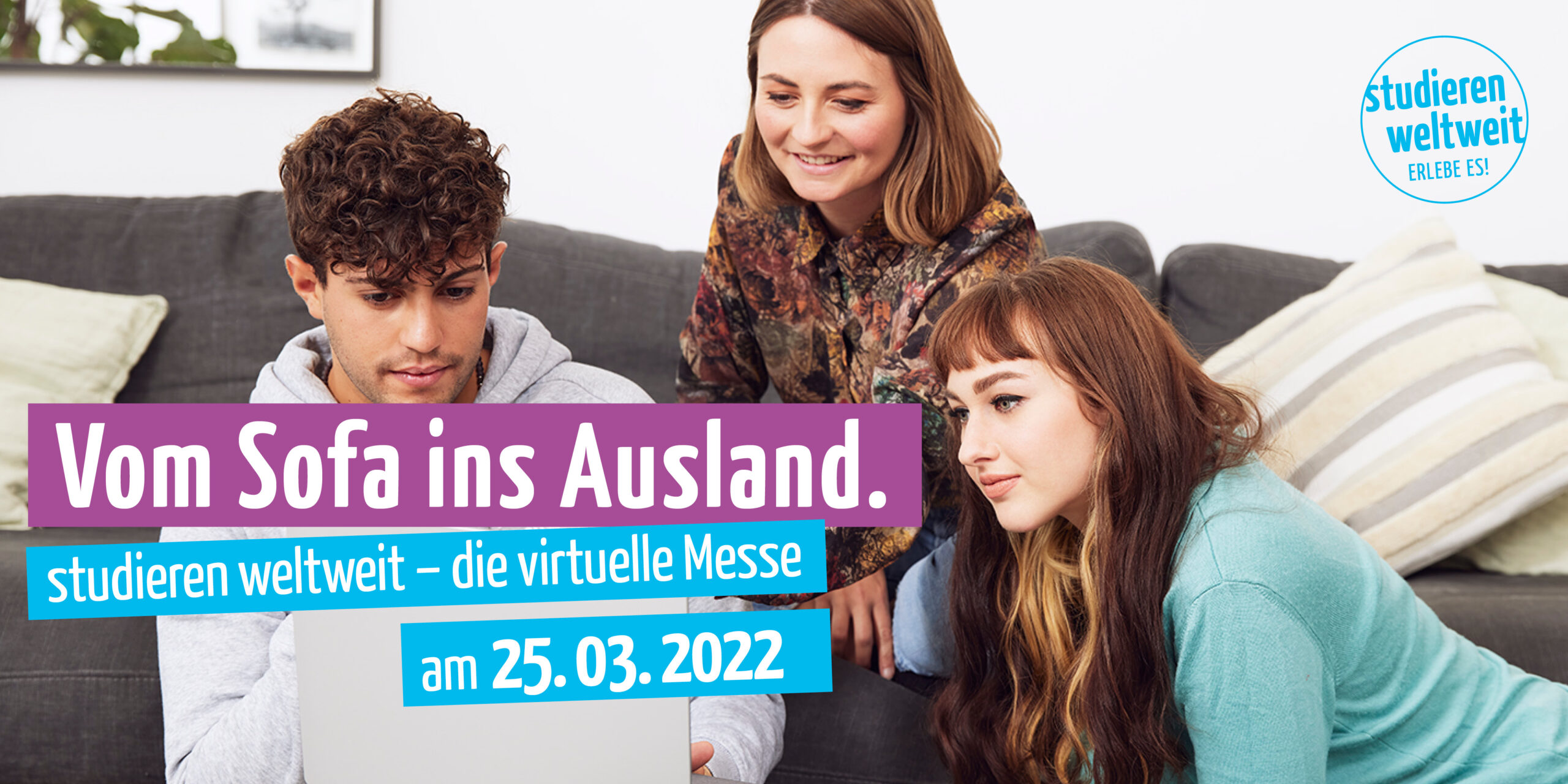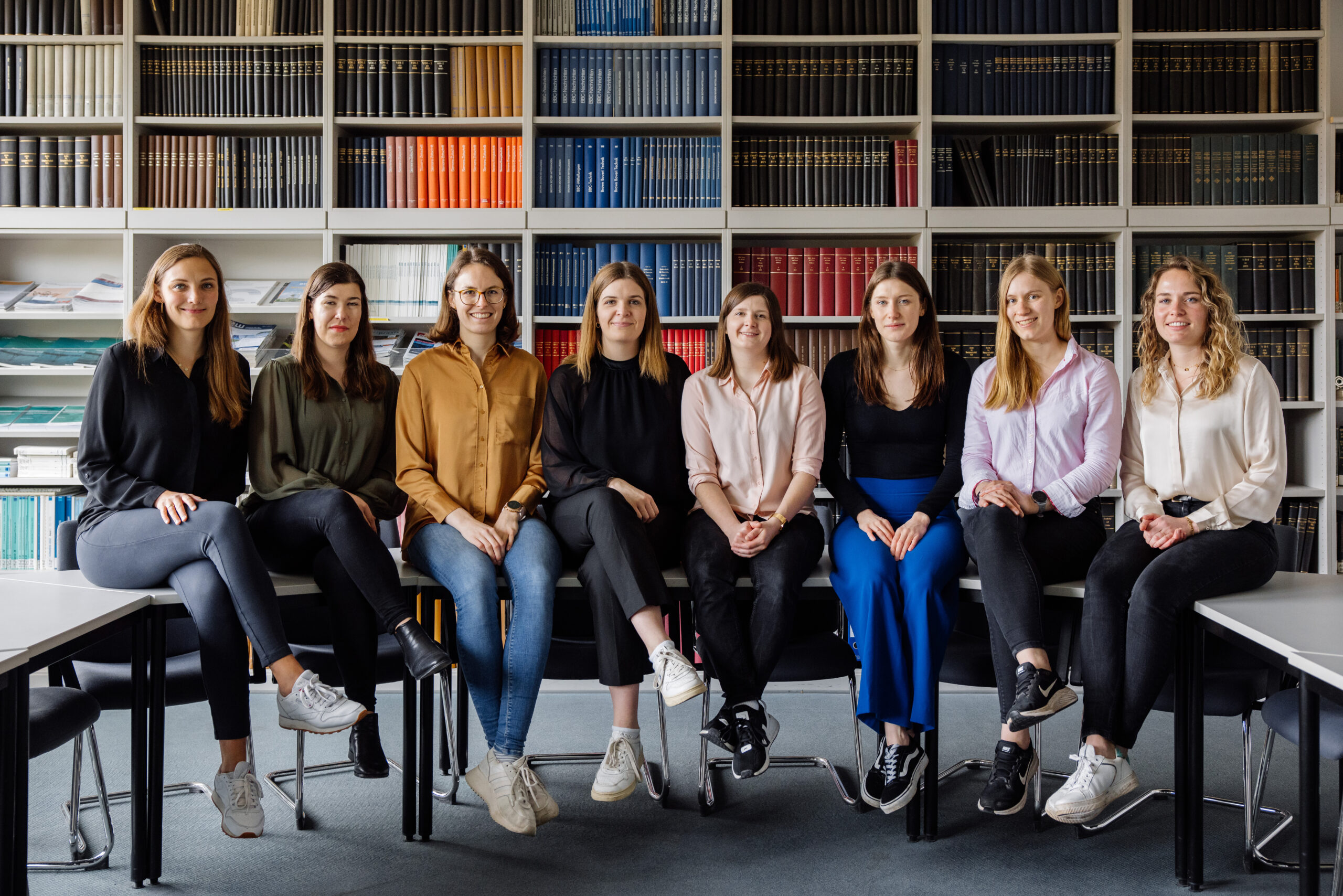
From left: Stefanie Samaan, Ricarda Kriete, Carolin Guntermann, Sophia Tepe, Lina Fischer, Muriel Krüger, Jana Einsiedle, Claire Lambriex ©Martin Braun
A look at the team from the chair of Transmission Grids and Energy Economics at the Institute of High Voltage Equipment and Grids, Digitalization and Energy Economics (IAEW) presents a pleasing picture for the field of electrical engineering: almost a third of its researchers are female.
The share of women in engineering has increased in recent years, and female engineers are a natural part of an institute team. All of the female researchers in the team have completed a degree in the field of electrical engineering and then decided to complete a doctorate at the university and start their professional career here. Of course, working in electrical engineering requires a certain interest in science and technology, but the key to success and fun is usually the curiosity to understand new things.
We are always motivated by the question: ‘How does this work?’, says Lina Fischer, who is researching a robust planning model for the future energy system.
The next step is simply to have the bravery to actively pursue these questions – even if it means venturing into the unknown.
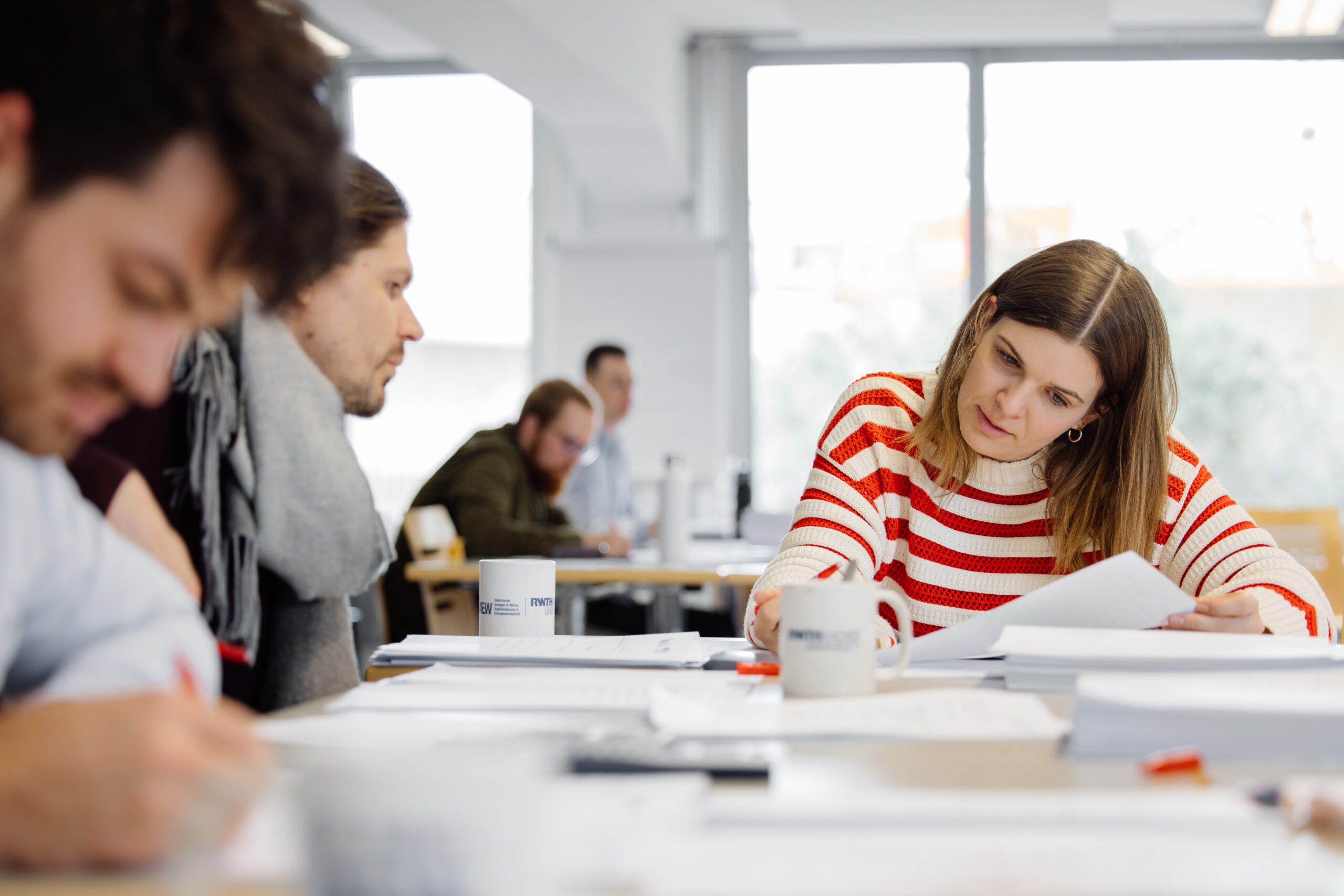
© Martin Braun
Everyone at the IAEW is driven by the vision of researching and developing solutions for the energy transition. The work at the chair of Transmission Grids and Energy Economics is primarily focusing the question:
„How should we design the future energy system so that it is environmentally friendly, reliable and economically efficient?“
This covers a wide range of interesting aspects. For example, lot of research is done on how the large amounts of energy from photovoltaic and wind energy plants, as well as alternative energy sources such as hydrogen, can be integrated into the current energy system. The transmission grid for electricity is essential for this. It can be seen in everyday life, for example, by the high-voltage power lines running alongside the freeways. The transmission grid enables electricity transport over long distances and thus the transport of large amounts of energy from wind turbines in northern Germany to regions with high electricity consumption. Current projects at the chair are investigating how the transmission grid needs to be expanded and operated in the future in order to facilitate the energy transition. Research is also ongoing in determining the locations where power lines to offshore wind turbines in the North and Baltic Seas should be connected to the grid or where large electrolysis plants for the production of hydrogen should be positioned. In addition to the technical aspects of the components, these studies must also take economic aspects into account, such as the costs arising from investments or possible congestions in the transmission grid.
In general, the consideration of economic and market aspects plays a major role in the transformation of the energy system. European efforts to further strengthen electricity trading between the individual countries are leading to increasing electricity exchanges in Europe and thus to further challenges for the transmission grid. The chair is therefore developing methods and models to simulate the European electricity markets. In this way, various future developments can be examined and their potential impact on market participants and the transmission grid can be analyzed.
A further focus of the chair is to deal with innovative concepts that will ensure the secure and reliable operation of transmission grids in the future and thus protect against blackouts. To this end, models and processes must be developed that can represent and investigate the dynamic system behavior of transmission grids and their components under changing conditions.
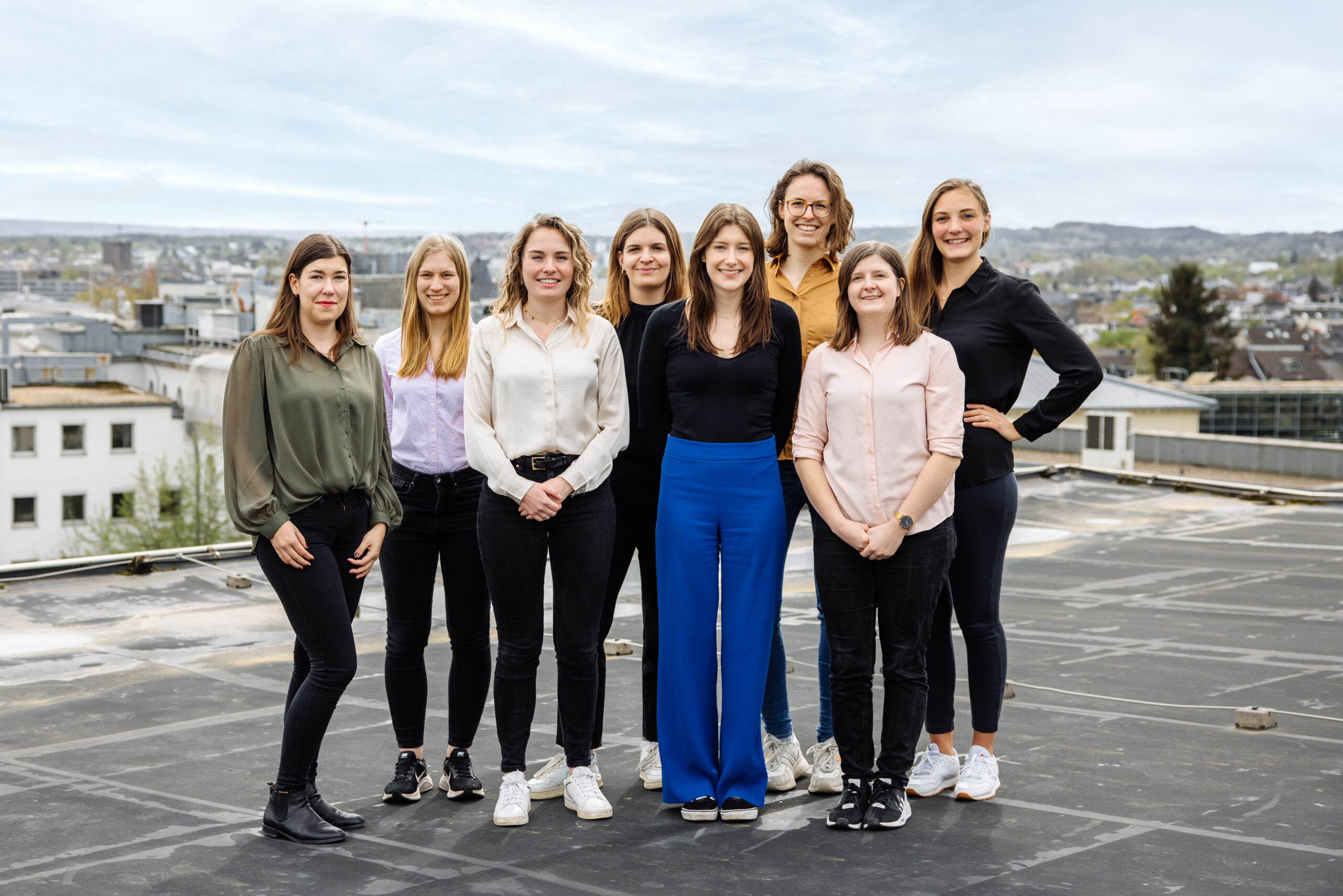
© Martin Braun
When you think of working at a university institute, your first thoughts usually revolve around working solely on your own research project. This often gives a false impression of work life at an institute, especially in the field of engineering. Work at the IAEW is characterized above all by the variety of different projects with both research and industrial partners. This allows you to get to know different topics and to gain a wide range of experience. You are often involved from the very beginning of the projects through working on them on to the presentation of the results. The different project teams make the collaboration very varied. In addition to scientific knowledge, your time at the institute gives you the opportunity to acquire a range of skills that qualify you for management positions in the industry.
Of course, you also experience many other things that make working at the institute worthwhile.
“In particular, the joint activities with other young colleagues after work, various institute traditions, parties and sporting events are all part of it.”
Notably, the IAEW also offers the opportunity to gain insight into the institute and its research topics through student assistant jobs or a thesis.
Be inspired and find your own way!
On our website we inform you about our study programmes.
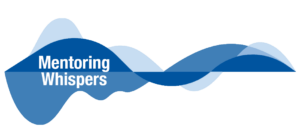 Even in the online semester, you are not on your own. With the “Mentoring Whispers“, our mentors Christine Sander und Iris Heisterklaus have compiled valuable tips to support you while studying from home.
Even in the online semester, you are not on your own. With the “Mentoring Whispers“, our mentors Christine Sander und Iris Heisterklaus have compiled valuable tips to support you while studying from home.





